Deer are herbivores and will eat a variety of leaves, twigs, and fruits. While they will eat the leaves of some trees and shrubs, is it common for them to munch on dogwood leaves? In this blog post, we’ll explore whether deer are likely to eat dogwood leaves and what other factors play a role in their feeding habits.
Will Deer Eat Dogwood Leaves?
No, it is extremely rare for deer to eat dogwood leaves. Dogwoods are not a common food source for deer, as they prefer the leaves of other trees and shrubs.
There are a few reasons why deer may avoid eating dogwoods. First, dogwoods have a high tannin content, which can make them bitter and unpalatable to deer. Second, dogwoods are relatively low in nutrients, so they don’t provide the deer with much of the nutrition they need.
So, if you’re wondering whether deer will eat dogwood leaves, the answer is no – it’s not a common occurrence. However, deer that are starving for food may be more likely to eat dogwoods, as they will be desperate for any source of nutrition.
How to Protect Dogwood from Deer?
While deer don’t usually eat dogwood leaves, they can still damage the tree by rubbing their antlers on the bark or eating the buds. If you want to protect your dogwood from deer, you can use a fencing system or deer repellent.
1. Fencing
The best way to protect your dogwood from deer is to build a fence around it. Deer are strong jumpers, so the fence should be at least eight feet tall. You can also use electric fencing, which will give the deer a mild shock when they try to jump over it.
There are lots of options when it comes to fencing materials, so you can choose the one that best suits your needs. If you want a more natural look, you can use wood or stone. If you’re looking for a more durable option, you can use metal or plastic.
I’ve had good success with using this netting from Amazon. It’s less expensive than a fence and it does the job of keeping deer out.
No matter what material you choose, make sure the fence is well-constructed and properly installed. A weak or poorly-built fence won’t do much to deter deer.
2. Deer Repellents
Another way to protect your dogwood from deer is to use a deer repellent. Deer repellents are chemicals that make the leaves of plants taste bad, so deer avoid eating them.
There are lots of different deer repellents on the market, so you can choose the one that best suits your needs. Some deer repellents are made from natural ingredients, while others contain synthetic chemicals.
Whichever deer repellent you choose, make sure to follow the instructions on the label. Some deer repellents need to be reapplied after rain or snow, so it’s important to read the label carefully.
3. Sprinklers
Finally, you can deter deer from eating your dogwood by using a sprinkler system. Deer are afraid of loud noises, so they’ll be startled by the sound of the water and run away.
You can buy a ready-made sprinkler system, or you can make your own. To make your own, all you need is a garden hose and a few sprinklers. Simply attach the sprinklers to the hose and turn them on when you see deer in your garden.
Can Dogwood Be Used as Deer-Resistant Fencing?
Yes, dogwood can be used as deer-resistant fencing. As we mentioned before, dogwoods have a high tannin content, which makes them unpalatable to deer. They are also big and strong, so they can be used to build a durable fence.
If you’re looking for a natural and eco-friendly fencing option, dogwood is a great choice. Plus, it’s an attractive tree, so it will add beauty to your garden as well as function.
Conclusion
In conclusion, deer don’t usually eat dogwood leaves, but they can damage the tree by rubbing their antlers on the bark or eating the buds. If you want to protect your dogwood from deer, you can use a fencing system or deer repellent.
Do you have any tips for protecting dogwoods from deer? Share them in the comments below!
Tim is an avid gardener from the UK. He was the founder of PlantCarer.com from 2021 to Sep 2023. He sold PlantCarer.com to Aaron. He has since started his own business called Seed To Supper, which provides new gardeners all the materials you need in a box (pots, seeds, compost and instructions) to grow your own delicious and nutritious vegetables and herbs from start to finish – no garden required.



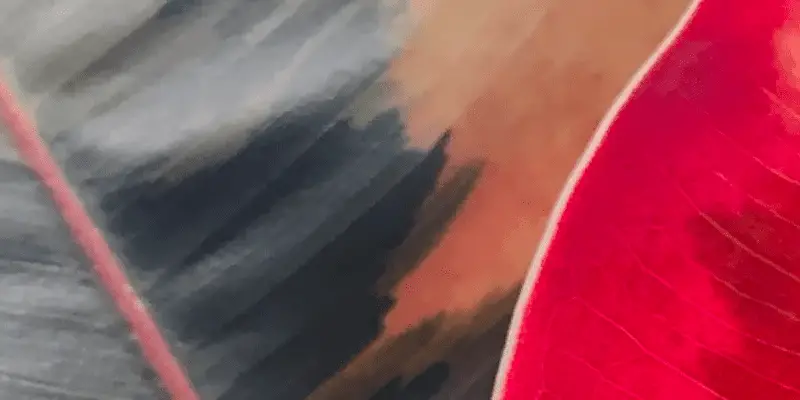
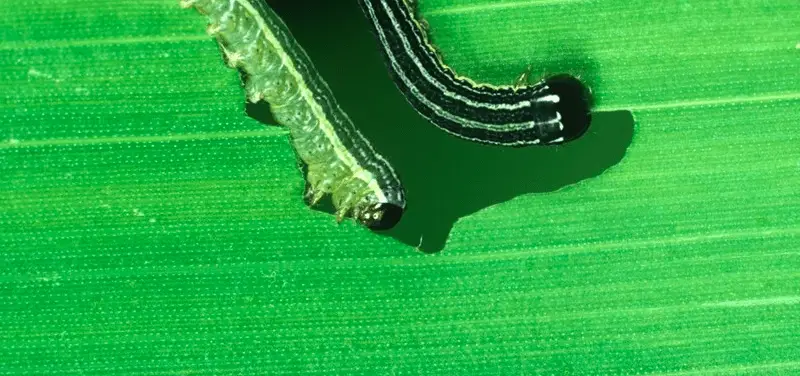
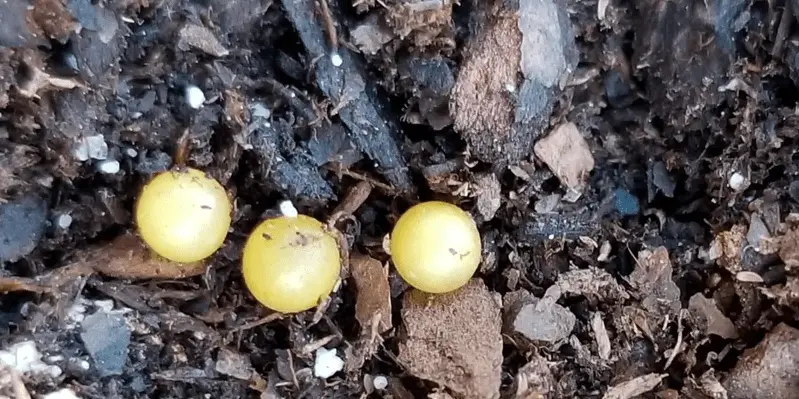
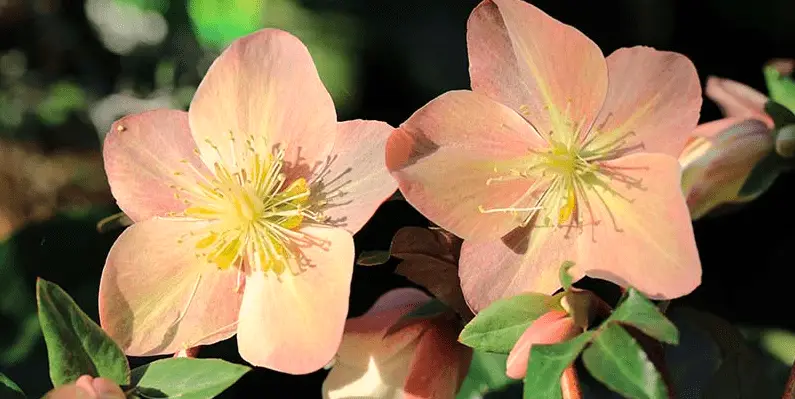
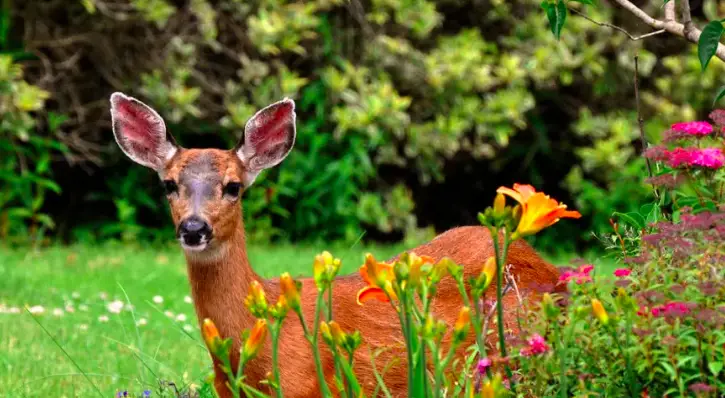
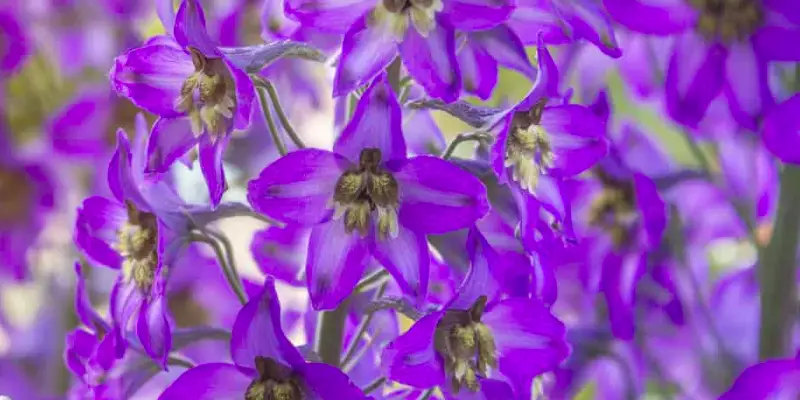
0 Comments